Japanese garden design, rooted in centuries-old traditions, has found fresh expression in the realm of modernity. Modern Japanese style gracefully bridges the past and present, seamlessly blending simplicity with elegance. While the core principles of balance, harmony, and natural beauty remain ever-present, contemporary interpretations introduce innovative elements and materials, offering a refreshing take on the time-honored aesthetic. Gardens are transformed into serene retreats, embodying tranquility and minimalism. Despite its understated charm, modern Japanese garden design captivates the senses and continues to evolve, inviting us to reimagine these sacred spaces. Discover the contemporary magic of modern Japanese gardens and craft your own peaceful oasis.
Modern Japanese garden design with stone pathways and minimalist stone features. This approach creates a serene and harmonious outdoor space, perfect for relaxation and contemplation. Source
Modern Japanese garden design with maple trees and concrete stepping stones. This combination emphasizes harmony between natural elements and contemporary materials. Source
Bamboo grove with minimalist stone accents. This design emphasizes tranquility and natural beauty, key elements of modern Japanese garden aesthetics. Source
Zen stone arrangement with moss ground cover. Incorporating natural materials creates a serene atmosphere that promotes mindfulness and tranquility. Source
Zen garden harmony with curved sand patterns, maple trees, and stone pathways. Incorporating natural elements promotes tranquility and mindfulness in design. Source
Tranquil stone pathways and water features. These elements enhance serenity and promote a connection with nature, embodying the essence of modern Japanese garden design. Source
Serene moss pathways interspersed with natural stones and greenery create a tranquil atmosphere. This design emphasizes harmony with nature while offering a peaceful retreat. Source
Zen garden elements with contrasting gravel textures and wooden fencing create a serene atmosphere. This design emphasizes simplicity and harmony, essential in modern Japanese gardens. Source
Modern Japanese garden design with pebbled pathways, stone lanterns, and sculpted rocks. This layout promotes tranquility and harmony with nature. Source
Tranquil stepping stones and lush greenery. This modern Japanese garden design emphasizes harmony with nature, enhancing serenity and mindfulness. Source
Bonsai arrangements with contrasting colors and textures. This modern Japanese garden design emphasizes harmony and minimalism, creating a serene atmosphere that invites contemplation. Source
Natural stone pathways. Incorporating smooth, irregularly shaped rocks surrounded by moss and gravel creates an inviting and tranquil ambiance. Source
Contemporary Japanese house surrounded by natural greenery. This design harmonizes with nature, promoting tranquility and a seamless indoor-outdoor connection. Source
Tranquil pond reflection with bamboo fencing. This design emphasizes harmony with nature and creates a serene atmosphere. Source
Tranquil garden elements such as a short wall, vibrant greenery, and traditional roofing evoke a sense of harmony. Incorporating these features fosters a peaceful retreat in modern Japanese garden design. Source
Modern Japanese garden design featuring minimalistic stone pathways and lush greenery. This design promotes tranquility and a seamless connection between indoor and outdoor spaces. Source
Contemporary wooden structure with harmonious landscaping. Incorporating elements like stepping stones, minimalistic plant beds, and water features enhances tranquility. Source
Zen rock garden
Zen rock gardens focus on simplicity and tranquility, using gravel, rocks, and minimalistic plants. The raked patterns symbolize waves or ripples, creating a peaceful atmosphere that encourages mindfulness. These gardens are perfect for small spaces and require low maintenance, making them a popular choice for relaxation.
Water feature integration
Water features can totally transform a garden, adding a relaxing vibe and a splash of beauty. Think of small ponds, fountains, or even wall-mounted waterfalls to create a focal point. Plants and rocks around the feature can enhance the look while attracting birds and butterflies, making it an inviting habitat.
Minimalist plant selection
Minimalist garden design really shines with simple plant selections. Stick to a few key species that bring out a clean and elegant aesthetic without overwhelming the space. Think about hardy succulents, ornamental grasses, or even some striking shrubs that require low maintenance but add visual interest.
Gravel and sand arrangements
Gravel and sand can totally transform a garden space, adding texture and style in a low-maintenance way. You can create pathways, zen gardens, or even unique borders that guide the eye and keep things interesting. Mixing different sizes and colors of gravel along with sand can really elevate the overall look and vibe of your outdoor area.
Wooden pathways
Wooden pathways add a rustic charm to any garden design. They create a natural flow, guiding visitors through lush greenery while complementing plants beautifully. Plus, they're super versatile, working well in both modern and traditional spaces.
Stone lantern accents
Stone lanterns add a cool vibe to your garden. They come in various styles, from classic Japanese to modern sleek designs, making them super versatile. Placing a few around your plants or pathways creates a cozy atmosphere, perfect for evening hangouts.
Shou Sugi Ban wood finishes
Shou Sugi Ban is a Japanese wood finishing technique that involves charring the surface of the wood, creating a uniquely textured, weather-resistant material. This finish not only enhances the wood's natural grain but also provides a stunning contrast in garden designs, especially when combined with lush greenery. Using Shou Sugi Ban for fencing, decking, or garden furniture brings a cool, modern vibe while maintaining an earthy connection to nature.
Modern Japanese garden design beautifully blends traditional elements with contemporary aesthetics, creating serene spaces that offer tranquility and simplicity. This style often incorporates minimalistic features such as clean lines, natural materials like stone and wood, and the strategic use of water elements to evoke a sense of harmony with nature. The result is a balanced and peaceful retreat that respects the essence of classical Japanese gardens while embracing subtle innovations to suit modern tastes and urban environments.

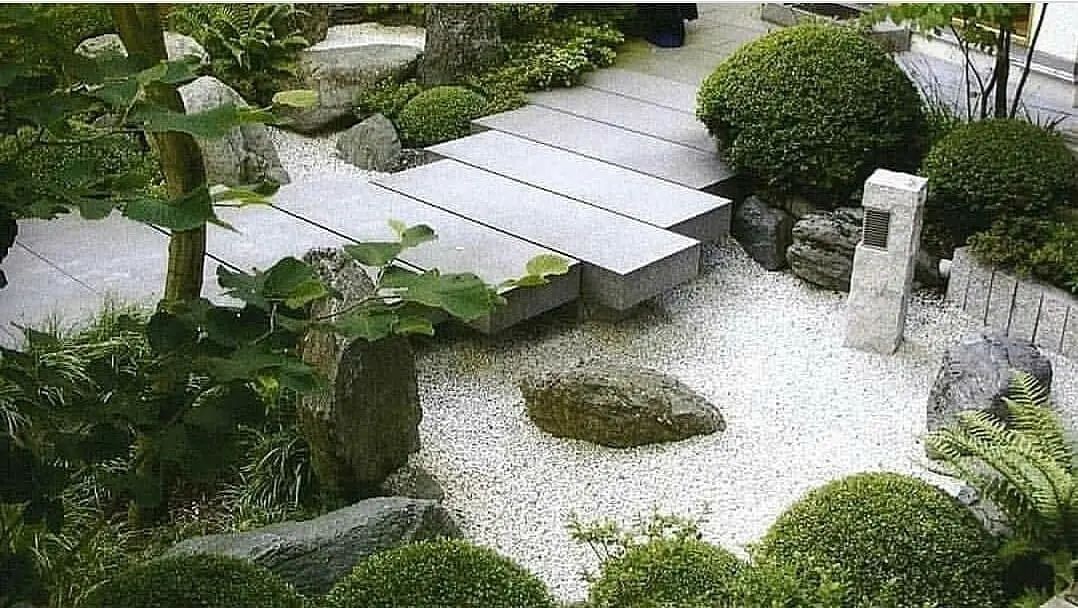
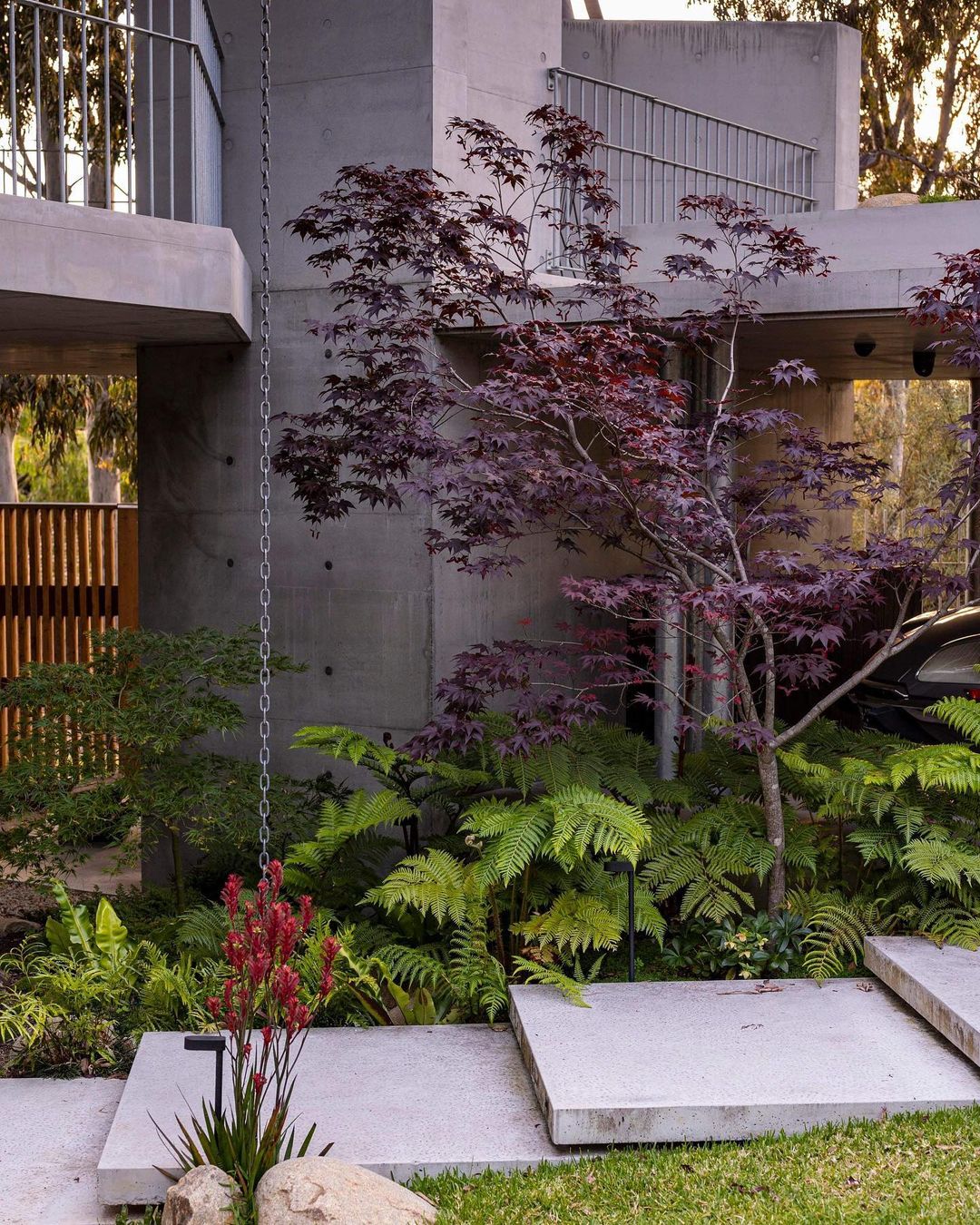
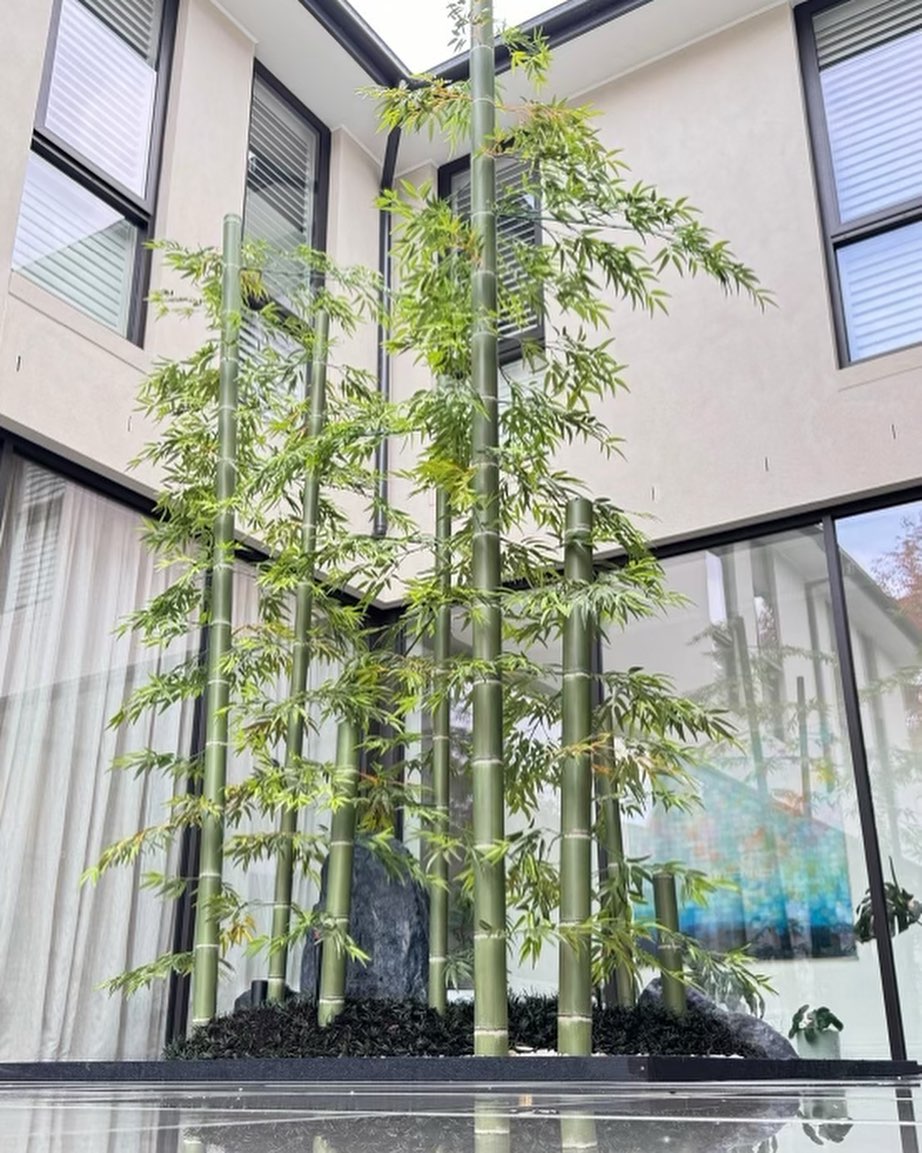
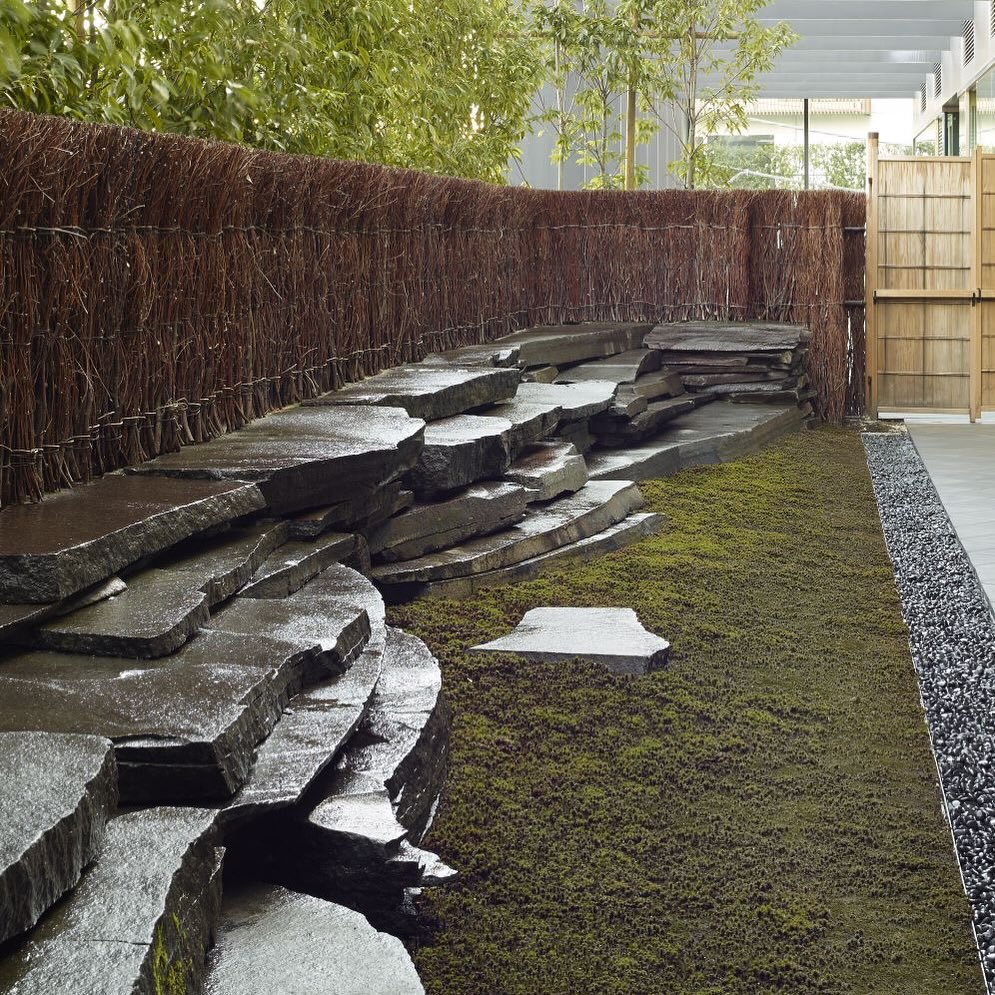
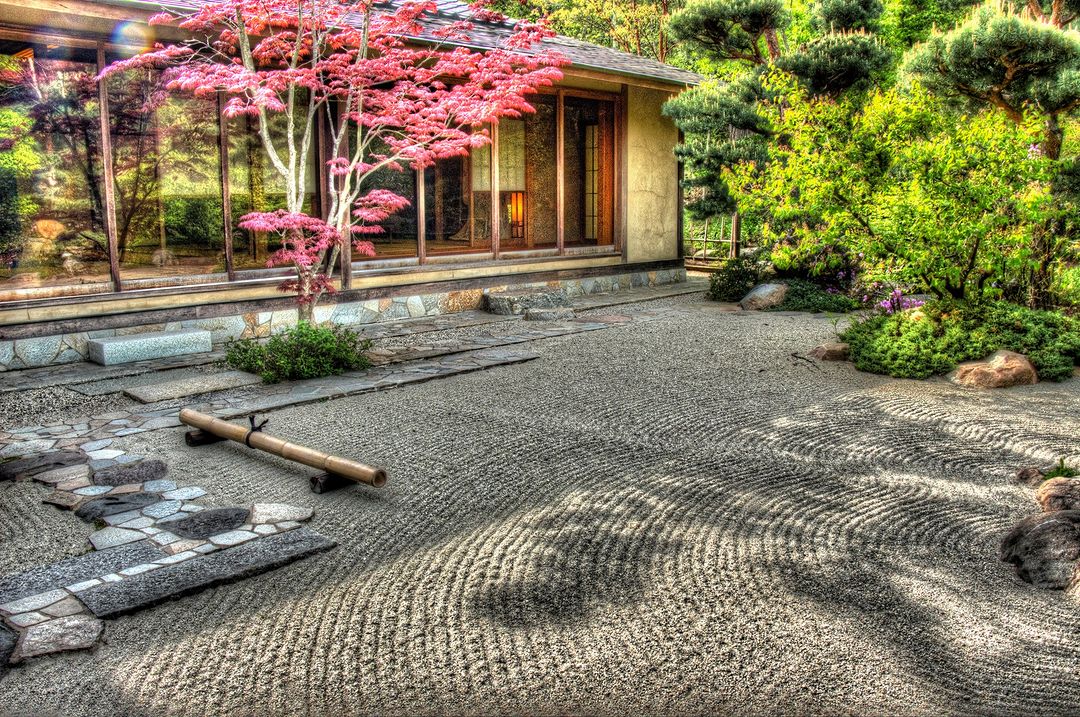
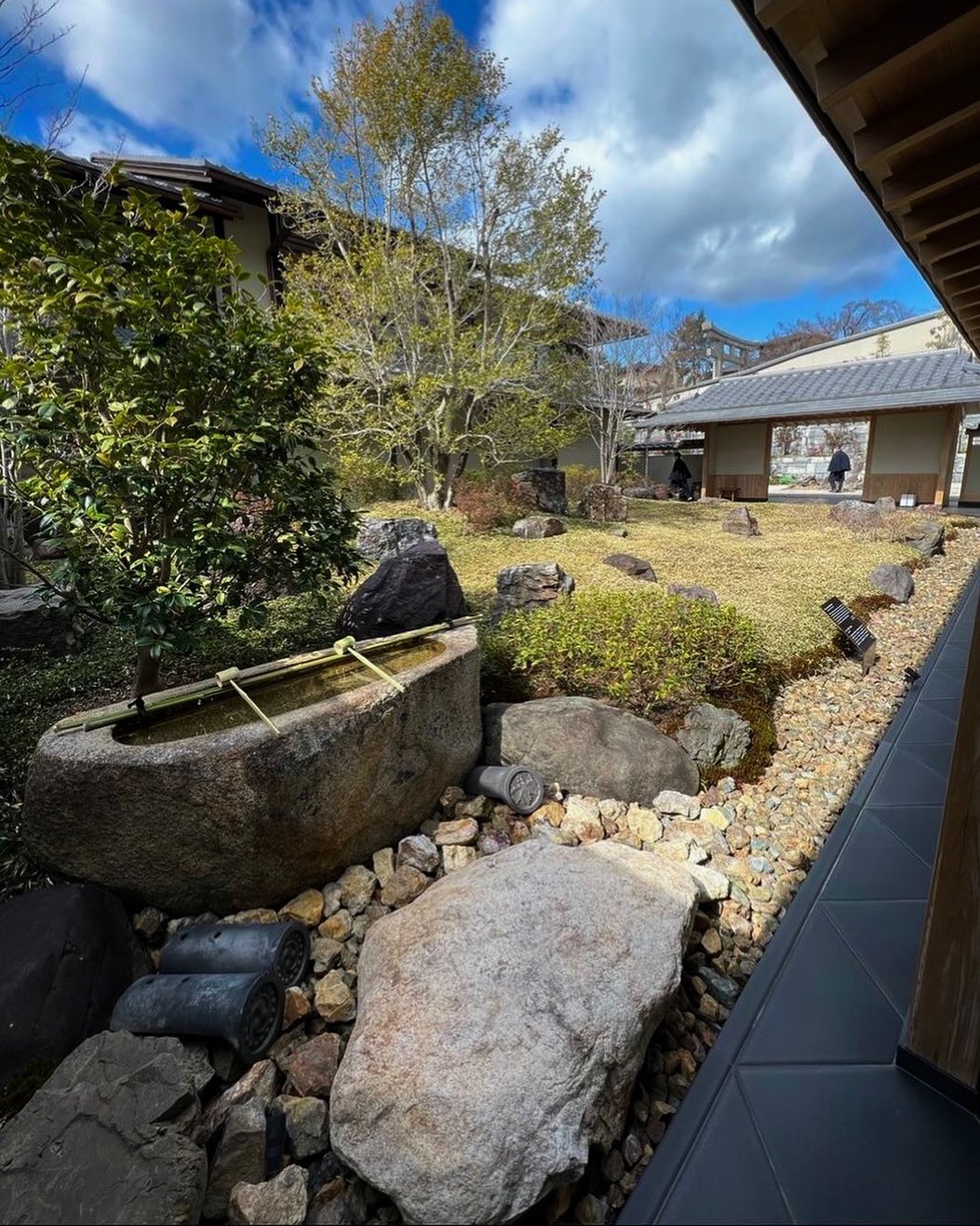
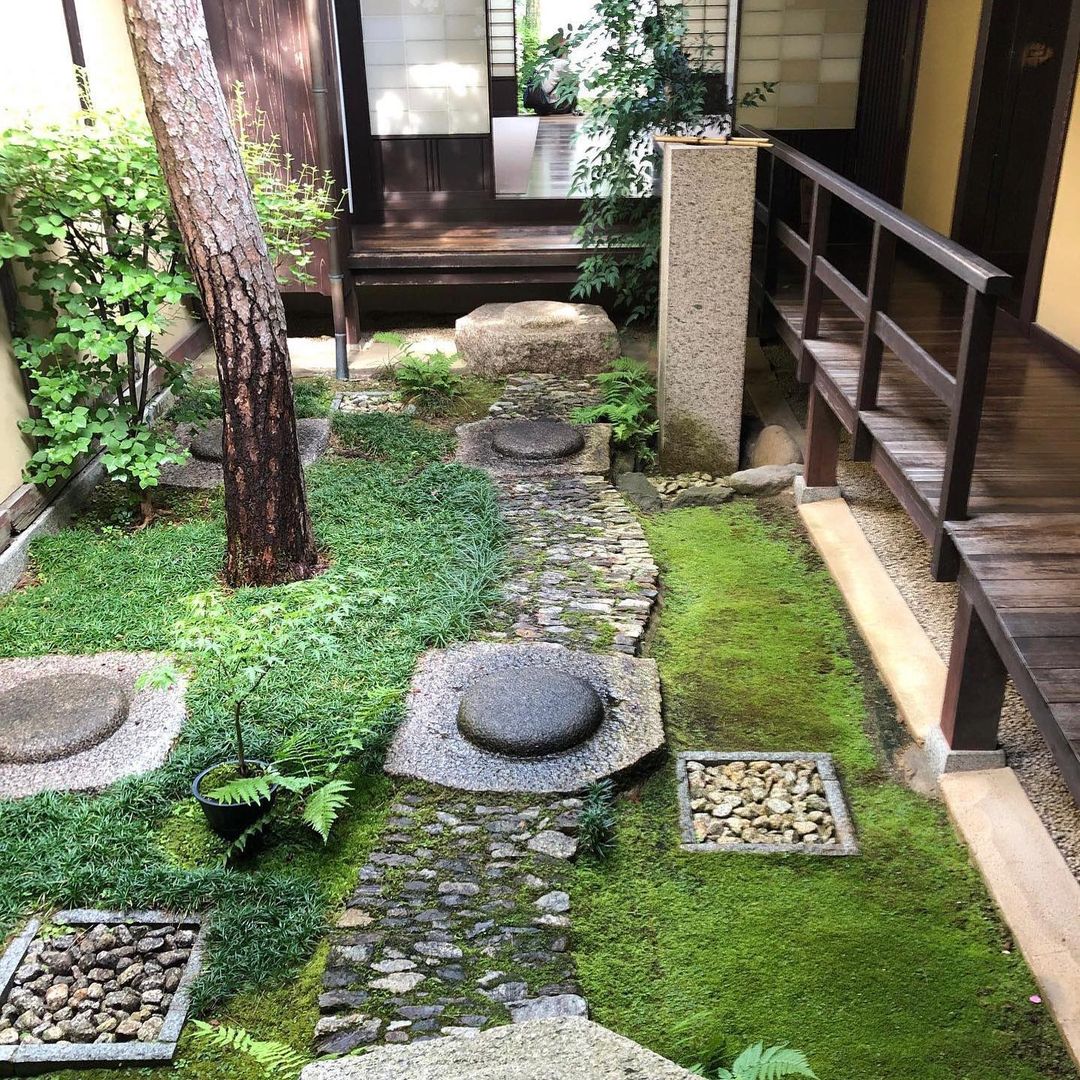
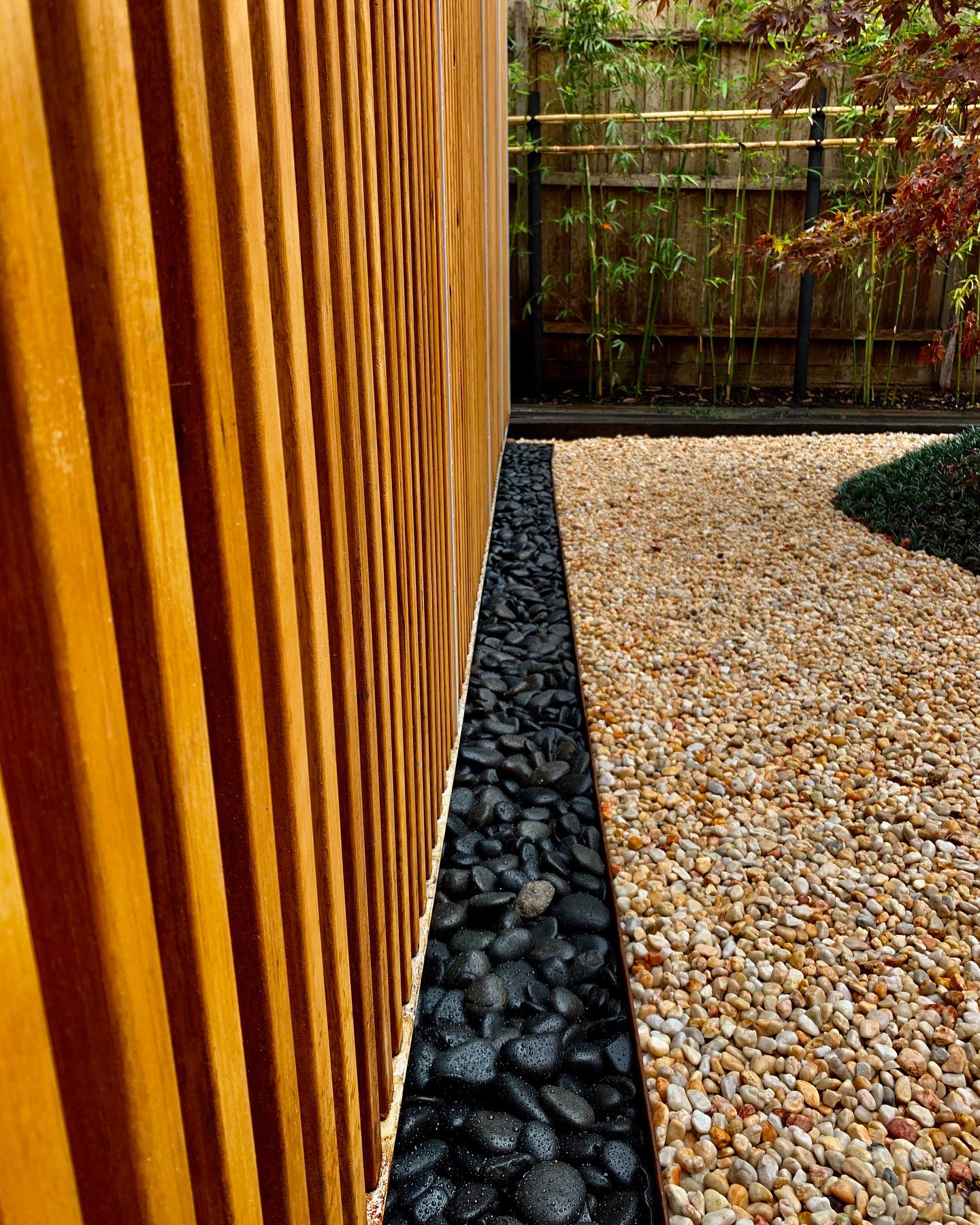
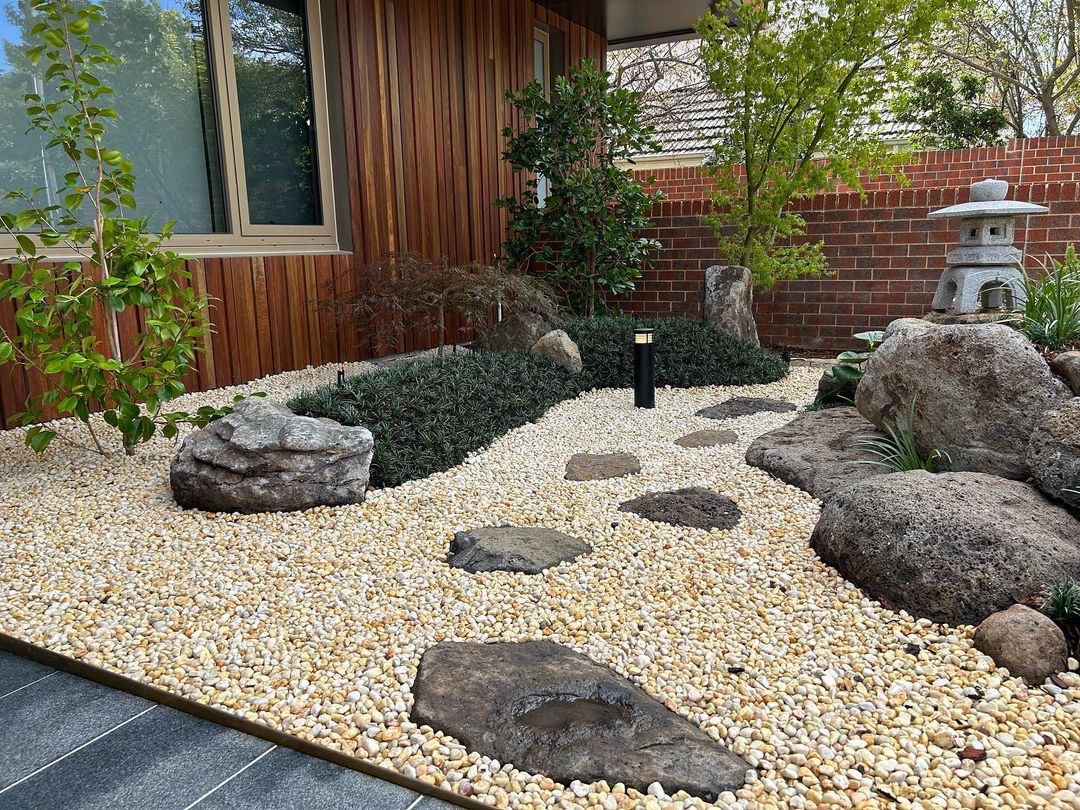
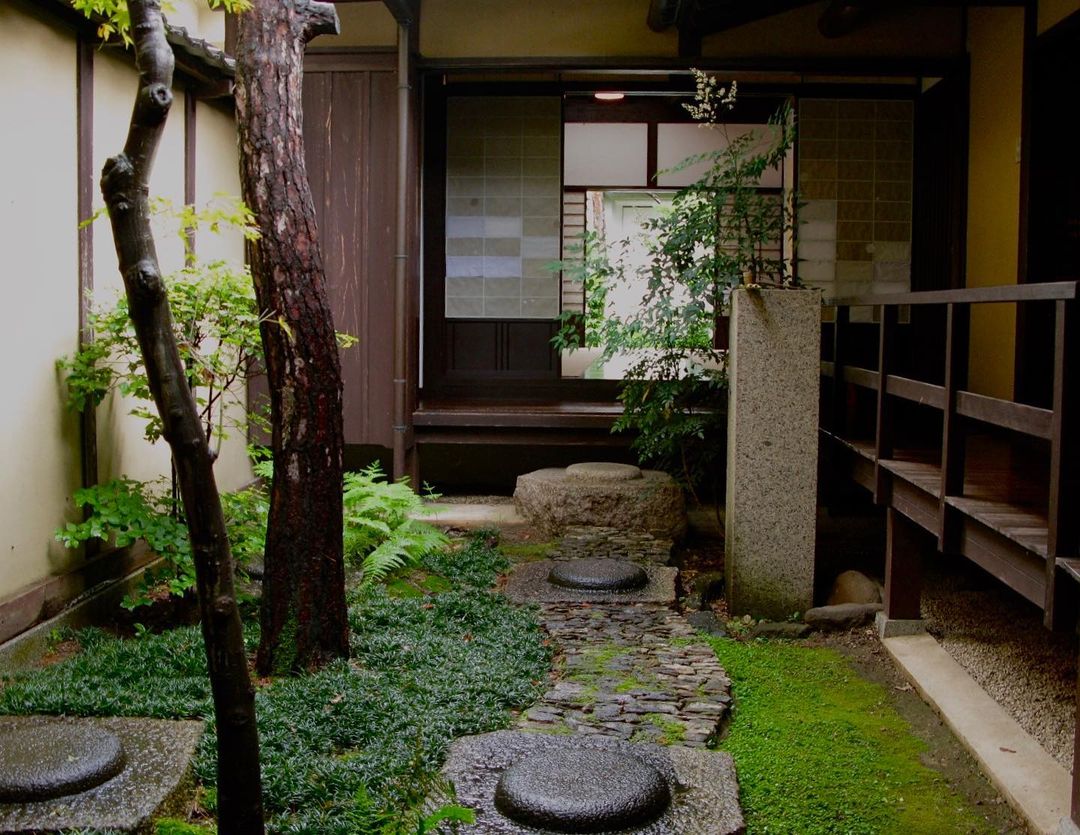
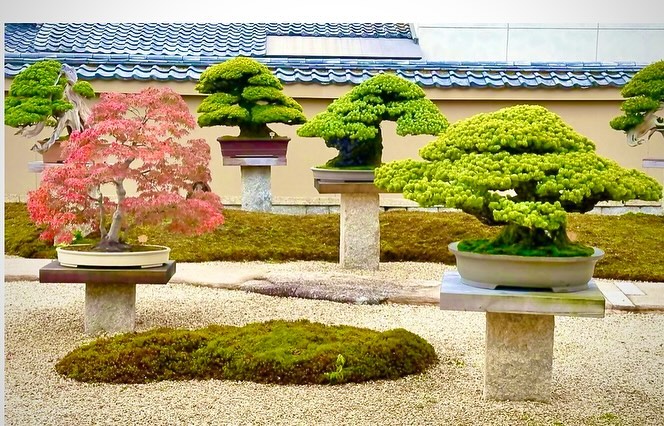
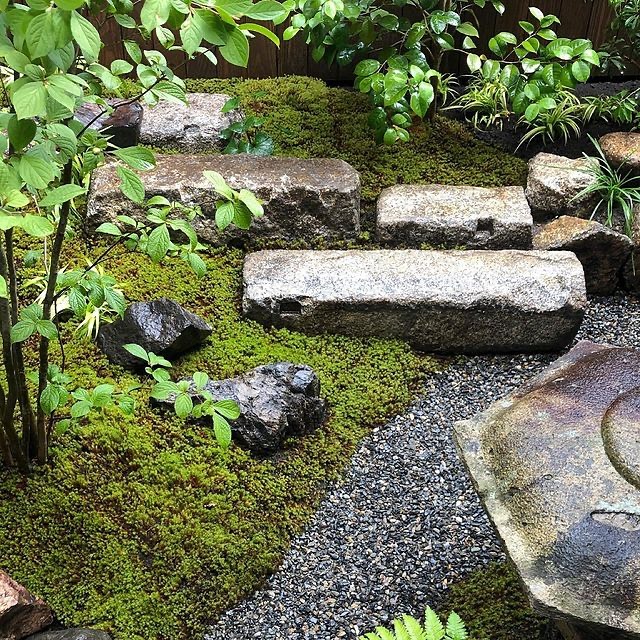
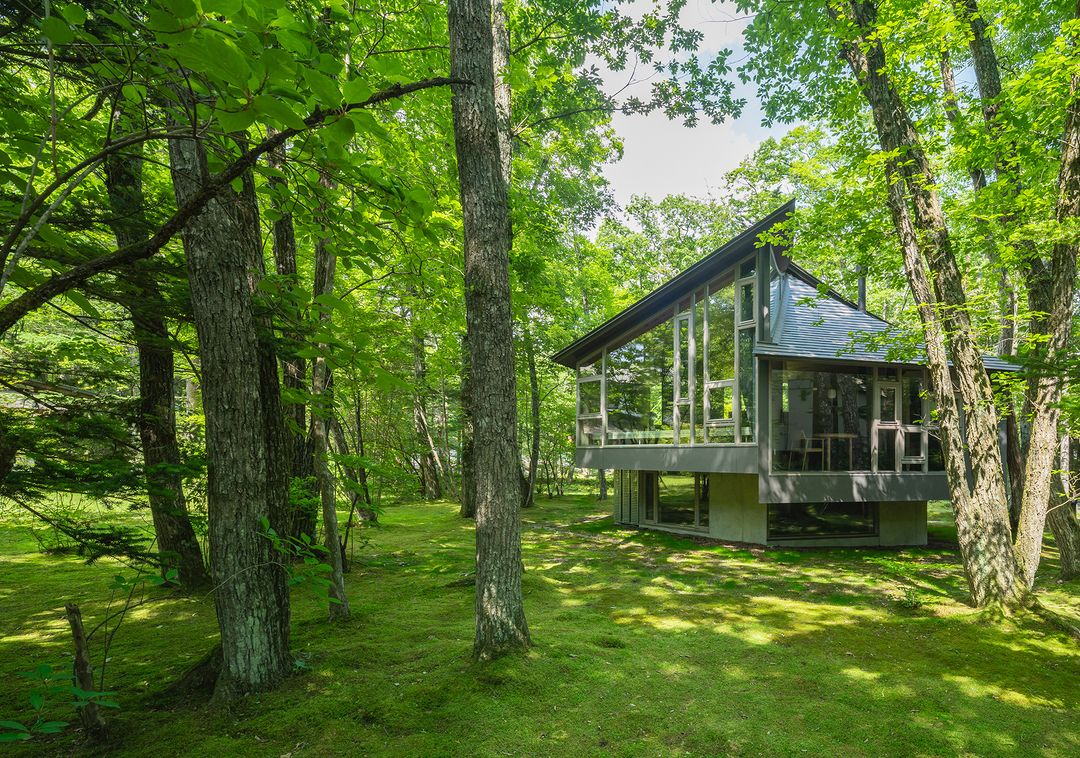
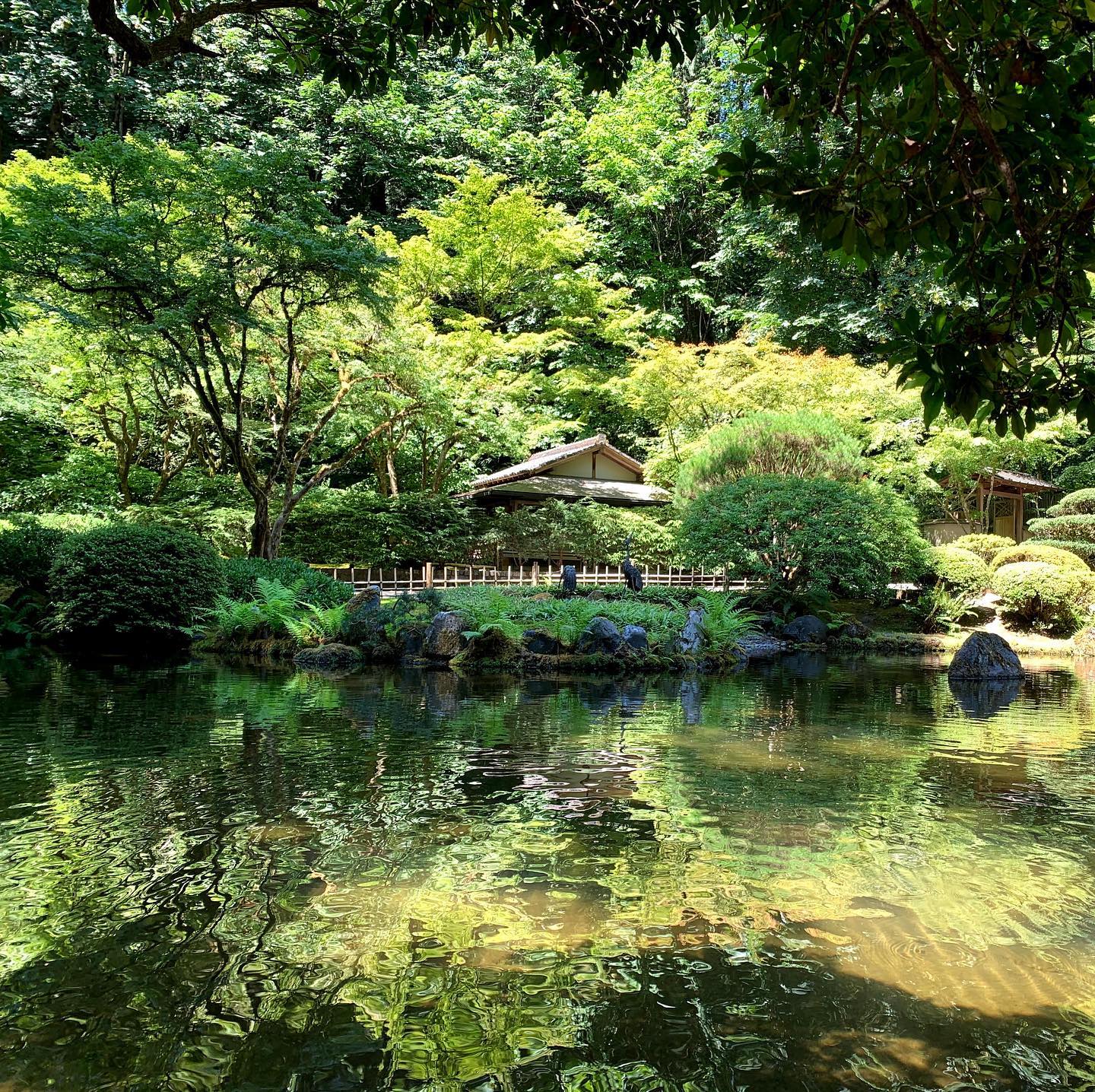
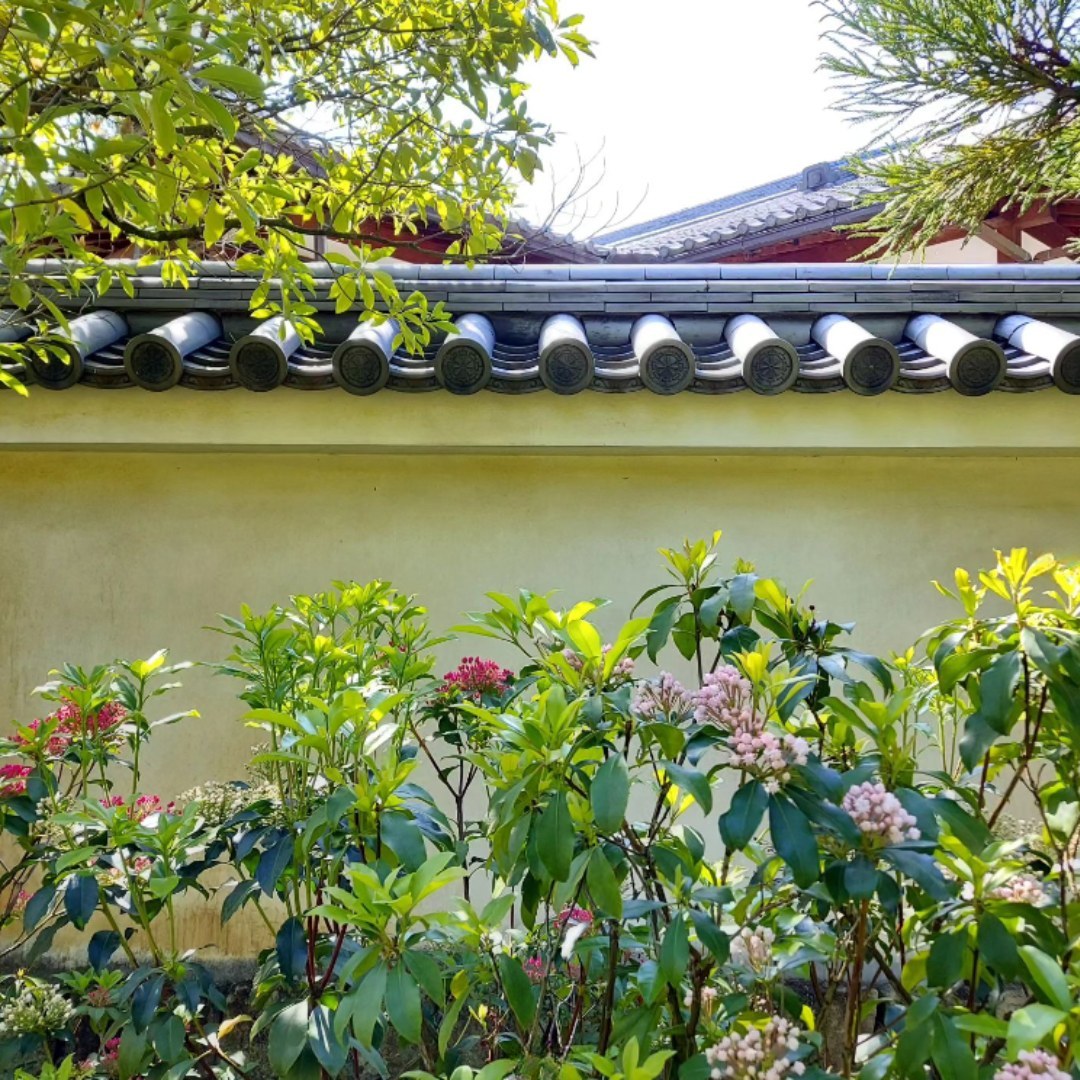
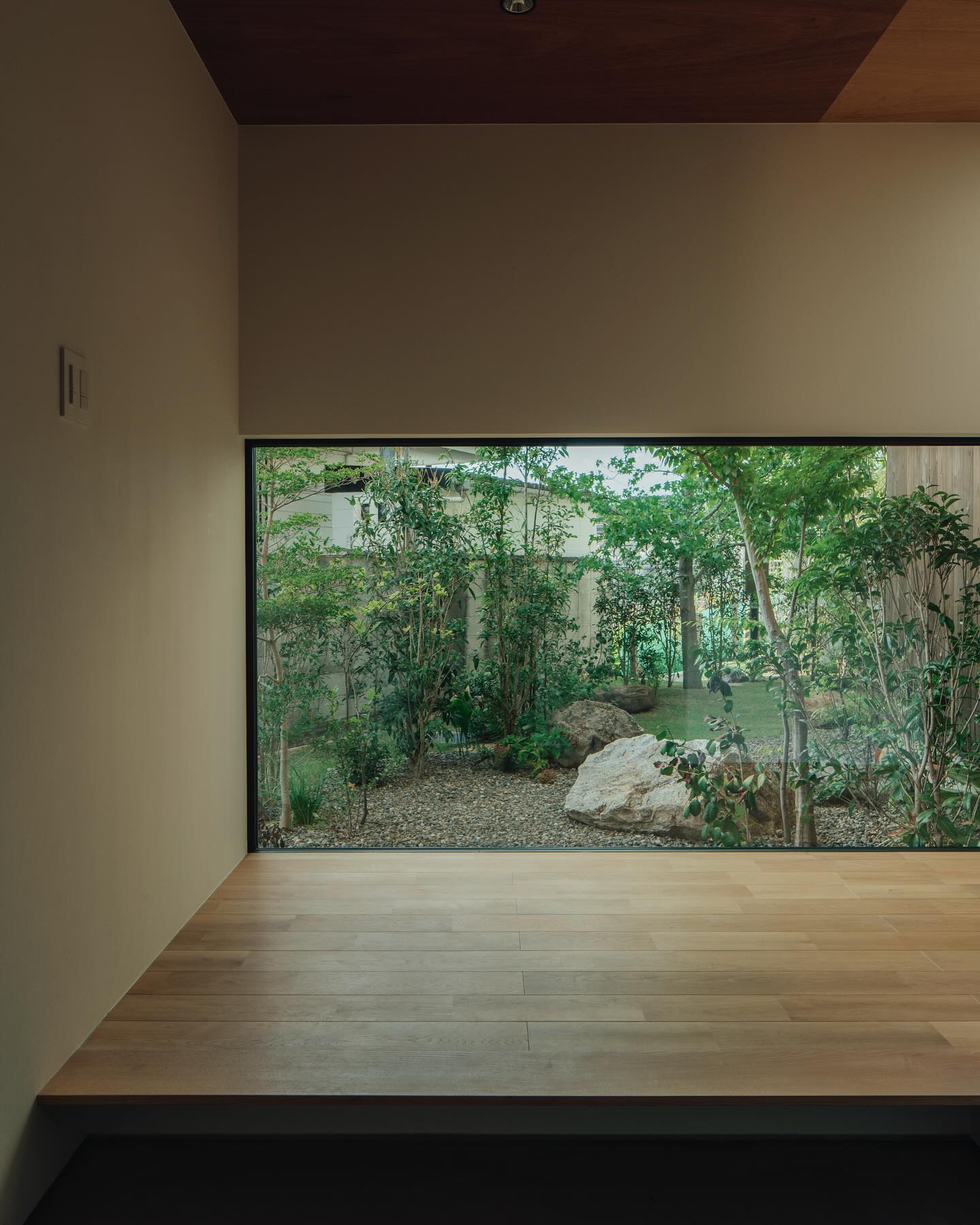


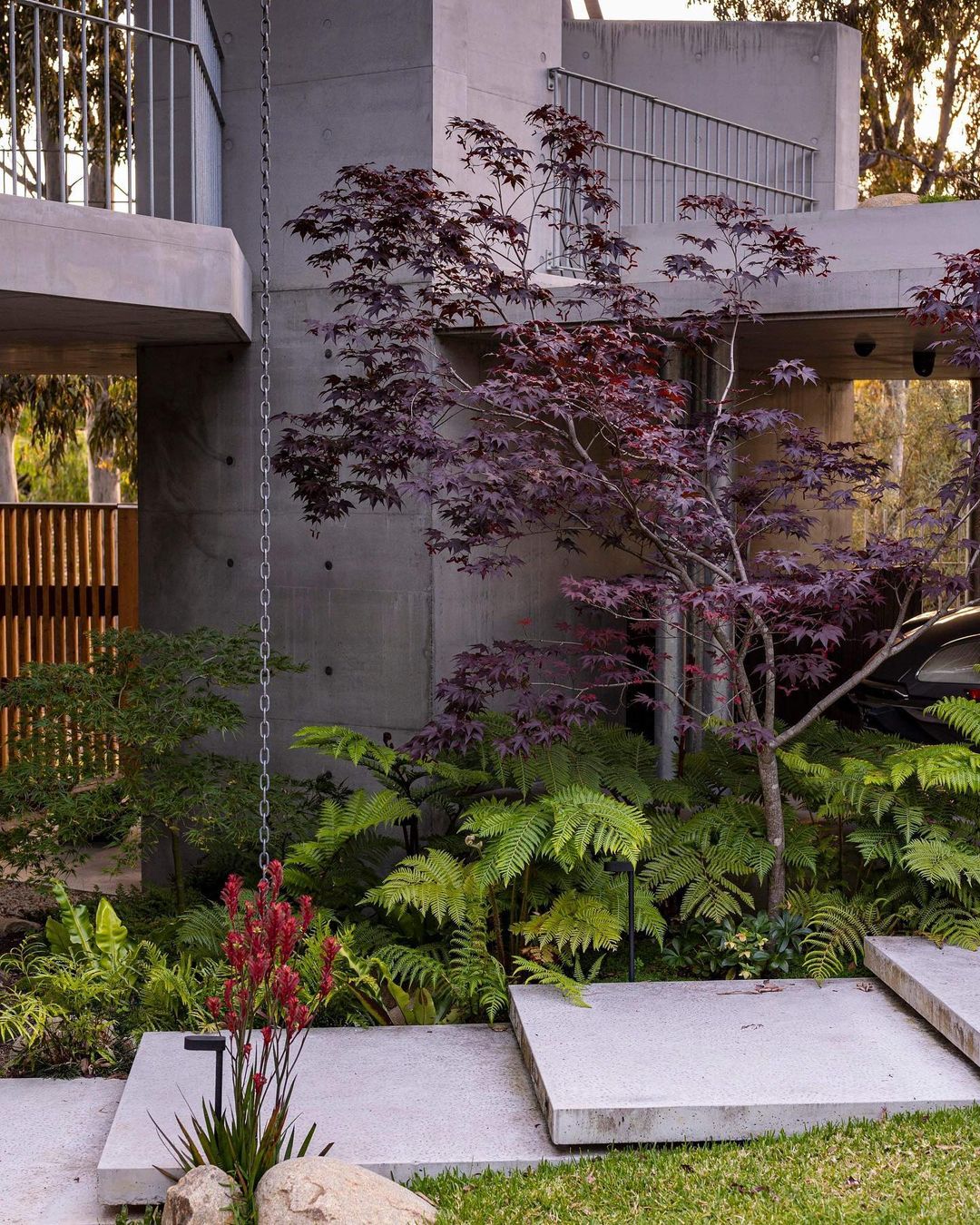
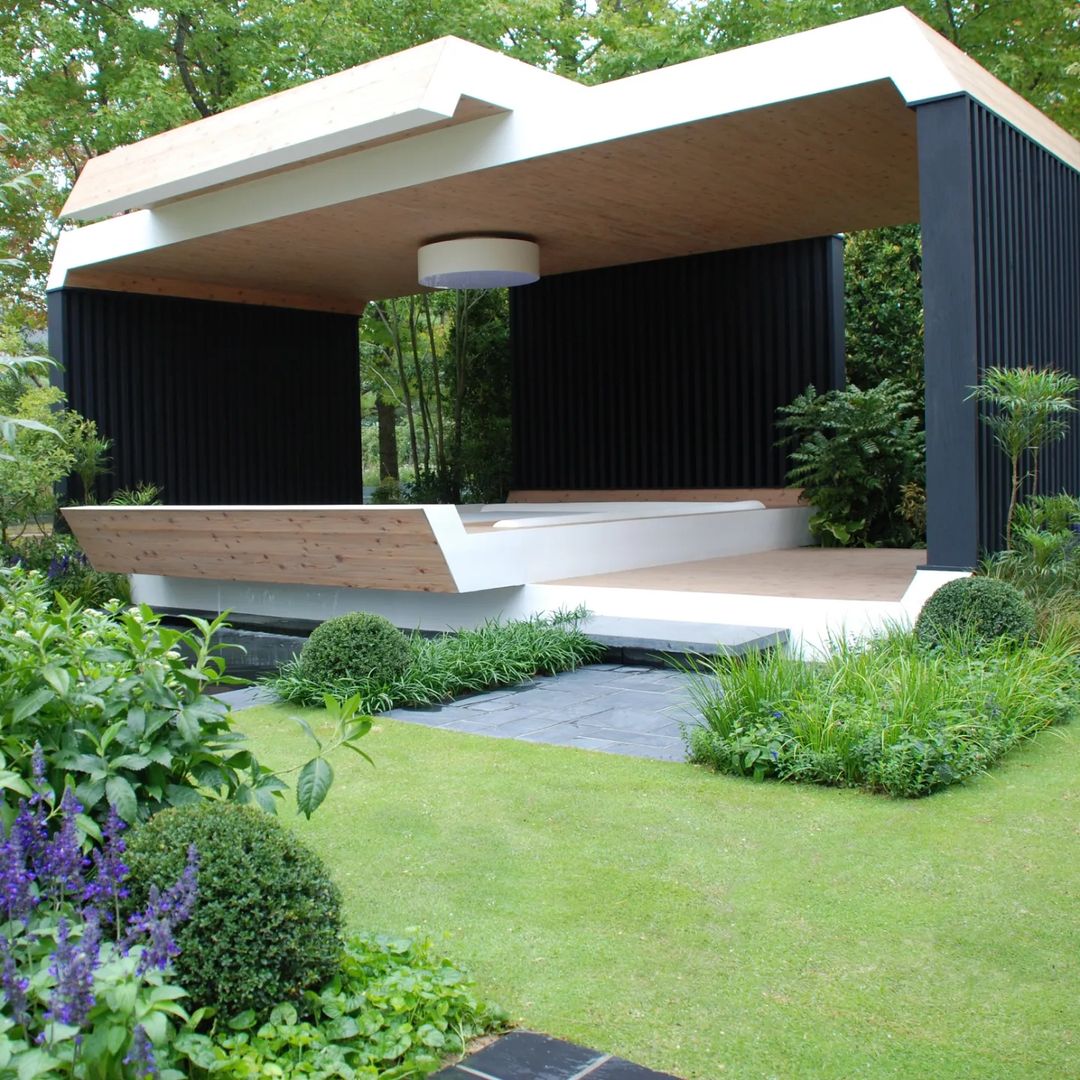

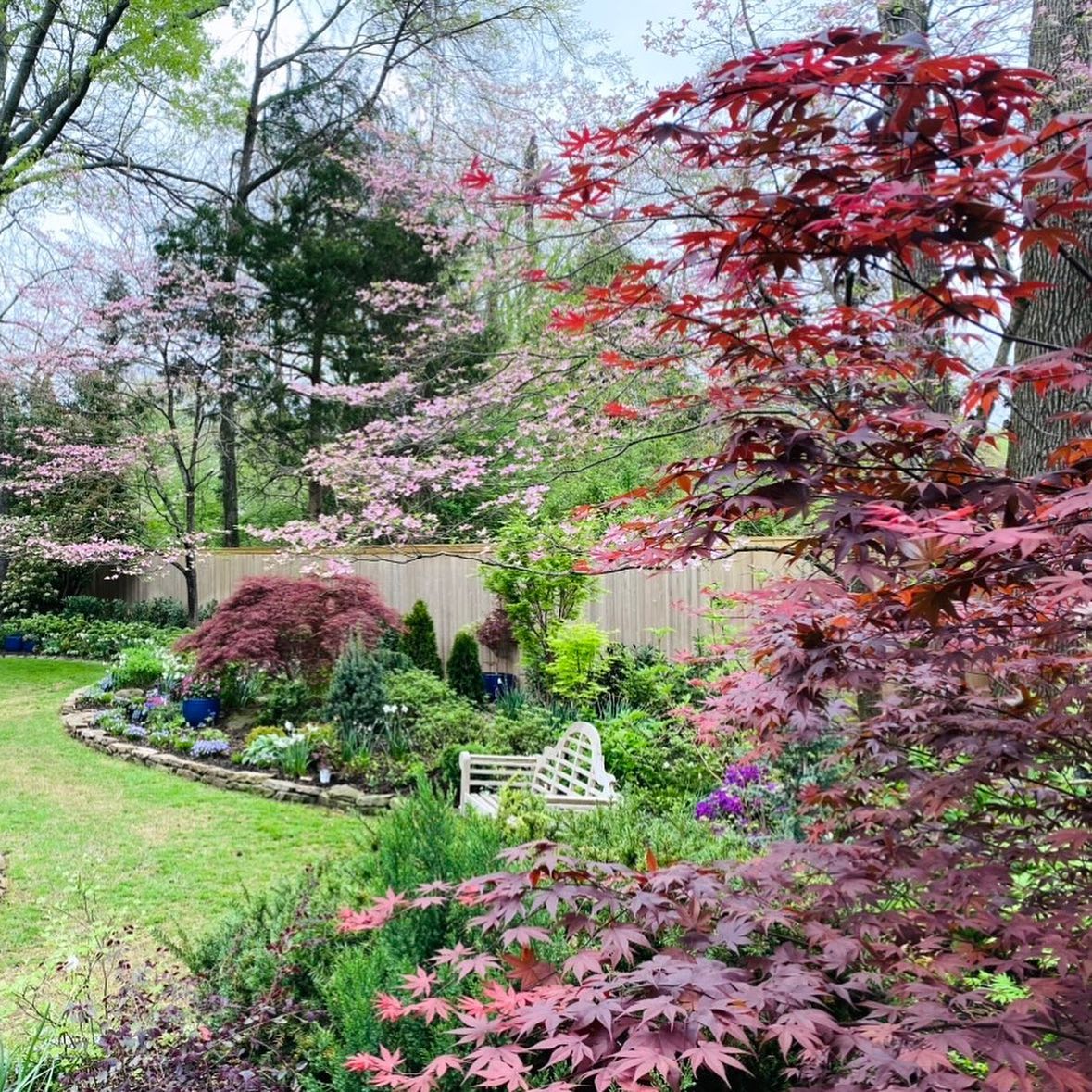
Comments